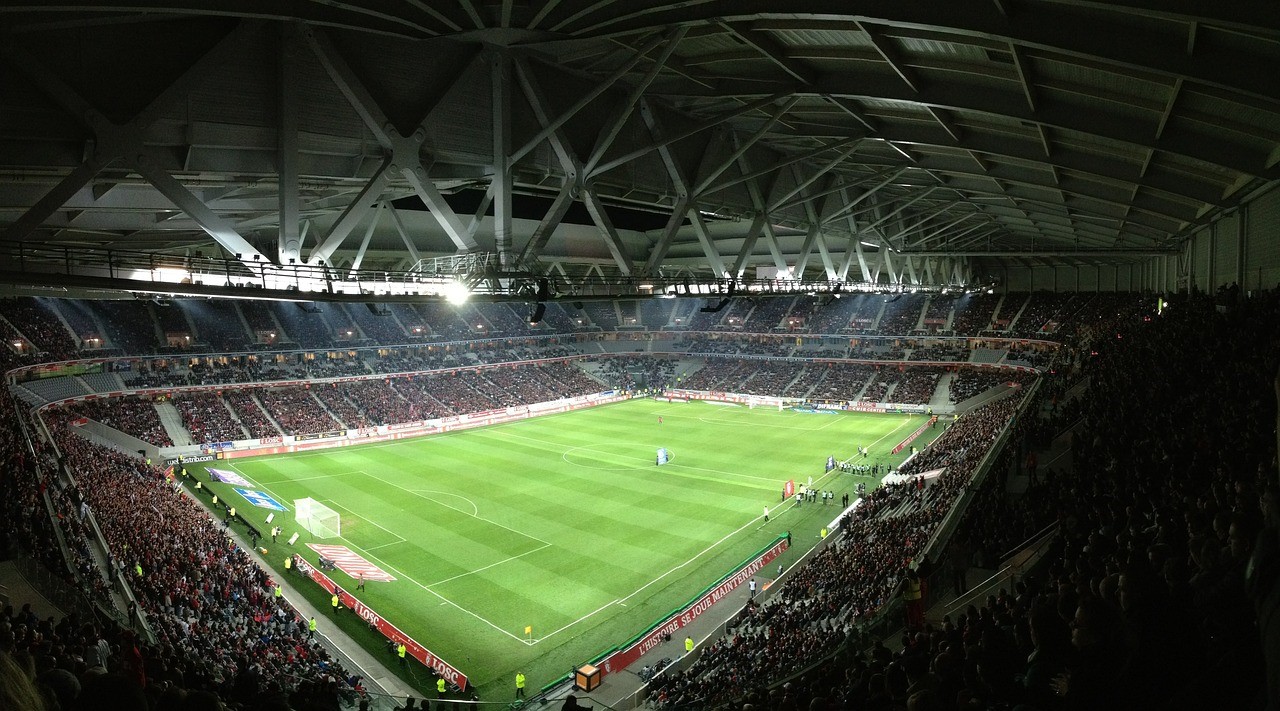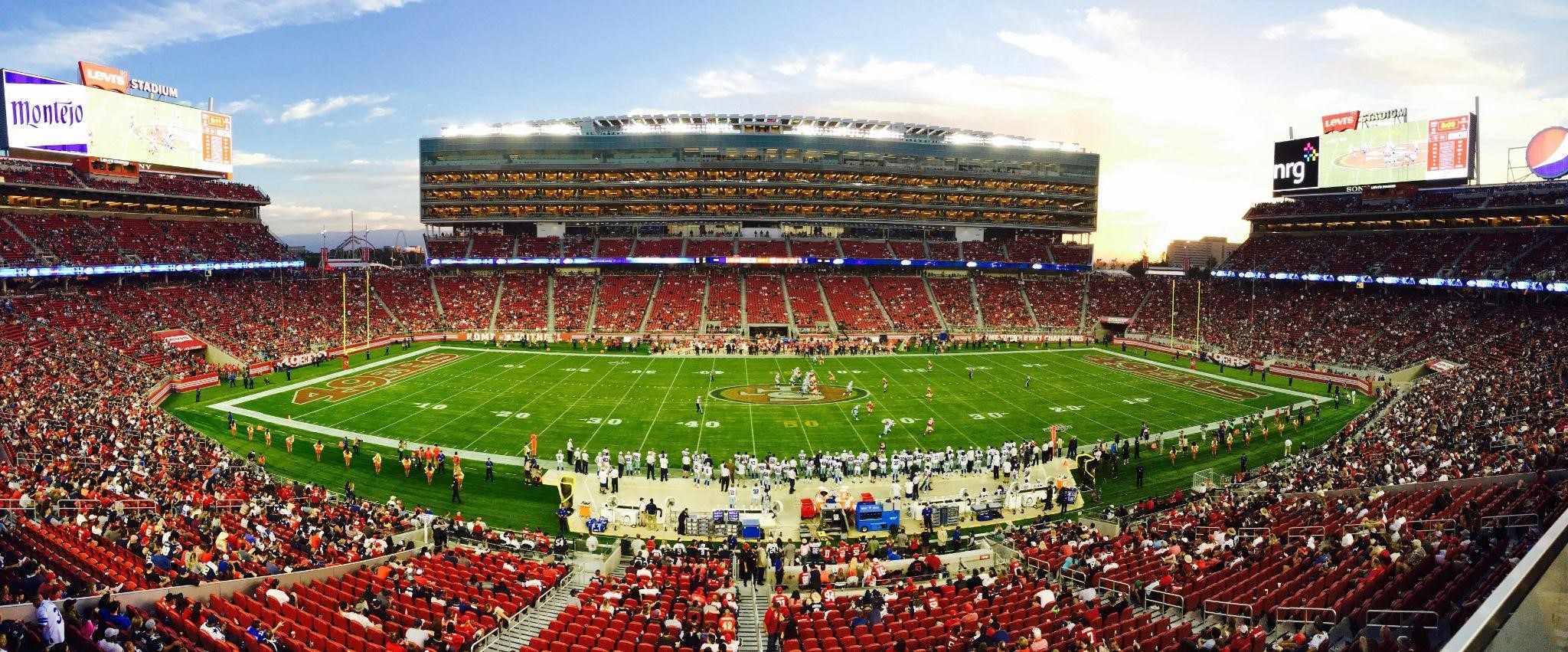How does European Football Compare with the US Alternative
Football in Europe is perhaps one of the most sign

Football in Europe is perhaps one of the most significant cultural events that regularly takes place. In almost every country on the continent, the fans live and breathe the game. As you probably know, this isn’t really the same in the American football league—that is, what they would call soccer. So, how exactly do the two leagues compare? Just how different they really are might surprise you, so today we’re going to look at the main ways the two leagues differ.
1. Culturally
Probably the most significant way the two leagues differ, which underlies all other issues that set the two leagues apart, is the basic cultural differences. In the United States, soccer is not really a part of the culture by any means. Many other sports far surpass the popularity of soccer in the U.S.; American football, for one, basketball, baseball, the list goes on.
In Europe, fans are devoted to their clubs and follow the game with their lives. They follow their team around the continent, and are fiercely loyal to their clubs. This is true of countries across Europe, from the U.K. to France to Italy. It may be very widely played in America, but there is really no comparison between the cultures of the game in American and European leagues.
2. Financial
As anyone who has any knowledge of the game will be aware, European football involves staggering amounts of money. Luxury brands and some of the biggest football bookmakers spend millions every year sponsoring some of the top European teams. The game is so popular that some of the wealthiest people in the world are drawn to it, and you end up with business tycoons and magnates owning their own clubs. Players are filthy rich, too, and some high stakes transfers can involve tens of millions of pounds.
In the U.S., the big money just isn’t in soccer. Of course, sports like American football and baseball bring in comparable, if not larger, amounts of money as does European football. But the American football league is what’s known as a single-entity structure. Revenues are shared between Major League teams. Players do not sign contracts with the owners of the club, as they do in Europe, but rather with the league itself.
Again, this isn’t to say there isn’t lots of money in the American football league; just that it simply is not comparable to the European league.
3. Signing
Given that football in Europe is so ubiquitous, virtually everyone plays it in school. With the overwhelming popularity of the game, too, many schoolkids are fans and dream of playing for their team one day. From a quite early age, then, talent scouts are out looking for potential football prodigies. European clubs have scouts and head hunters, employees whose job is to go out into the world and scout talent for the club. Between the ages of 10-14, these kids are signed and developed to get them ready to join the club later on.
No such system exists in the U.S. Even though many schools have soccer teams, the lack of exposure to the actual soccer league means that most of the kids don’t really think about professional soccer as a career choice, at least not from such an early age. Players are scouted in college, and standouts are prepared for the professional ranks. This goes a long way to explaining the differences in skill level; European players are trained from a much earlier age.
4. Scheduling
The seasons are completely different, too, and how teams win championships is affected by this, too. In Europe, almost all professional league football is generally played from August until May. This is true of the English Premier League, the German Bundesliga, and the La Liga in Spain, among others. The MLS in America typically begins in March and lasts through to the middle of November.
European leagues have points systems, too, whereas the American league champion is determined through playoffs. In the U.S., there isn’t much variety in the divisions involved; you essentially have the USL Championship below the MLS, and those are the two primary divisions.
In European football, any team that performs poorly over the course of a season will be relegated to a lower division, and teams that do well are promoted higher. The basic structure of the sports are pretty different.
So, as you can see, the two leagues are even more different than you might expect. How a sport runs in a country is almost entirely bound up with how popular that sport is. Football in Europe is more than just a game, it is a way of life; in America, it’s just a minor sport.







